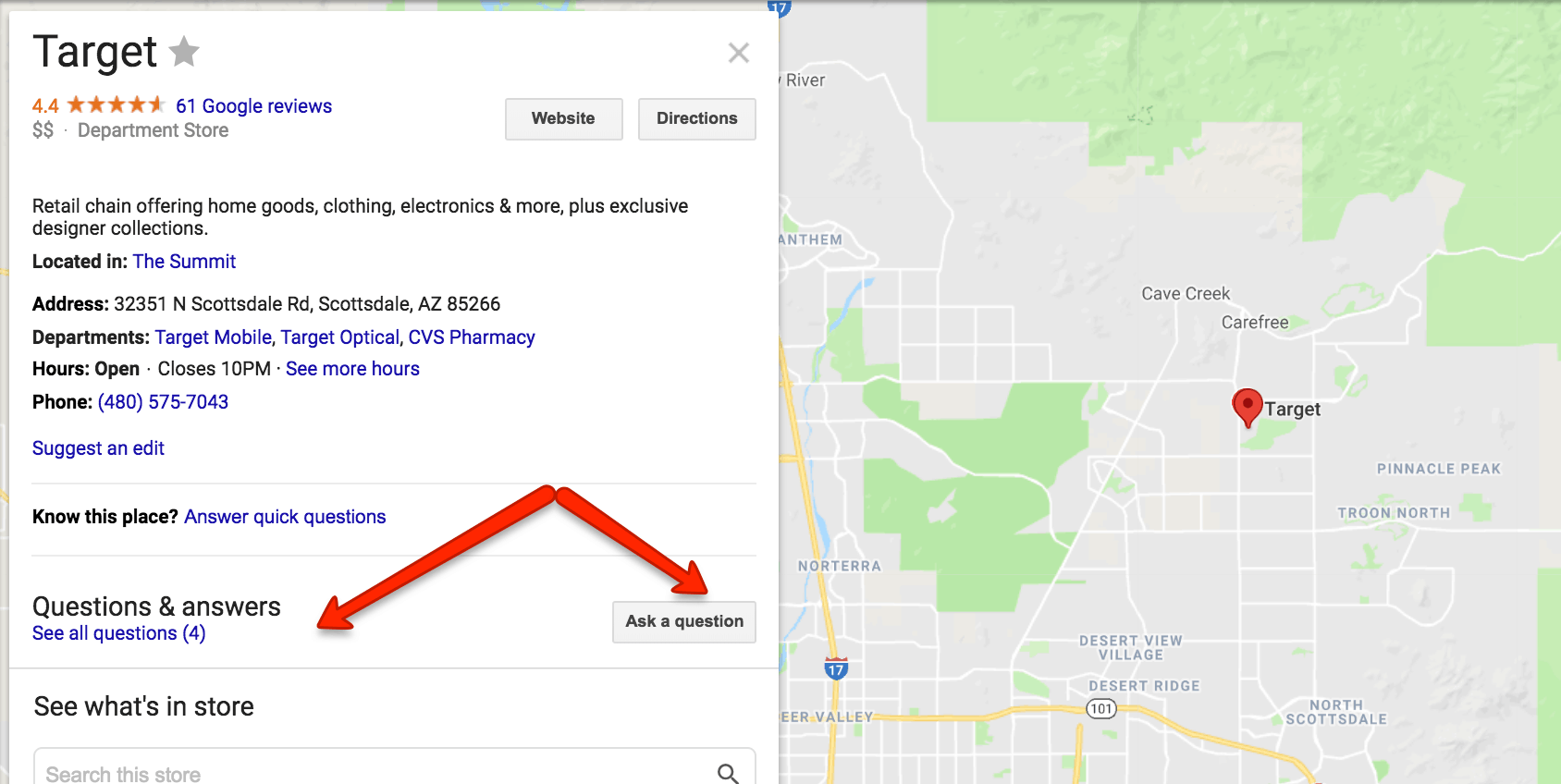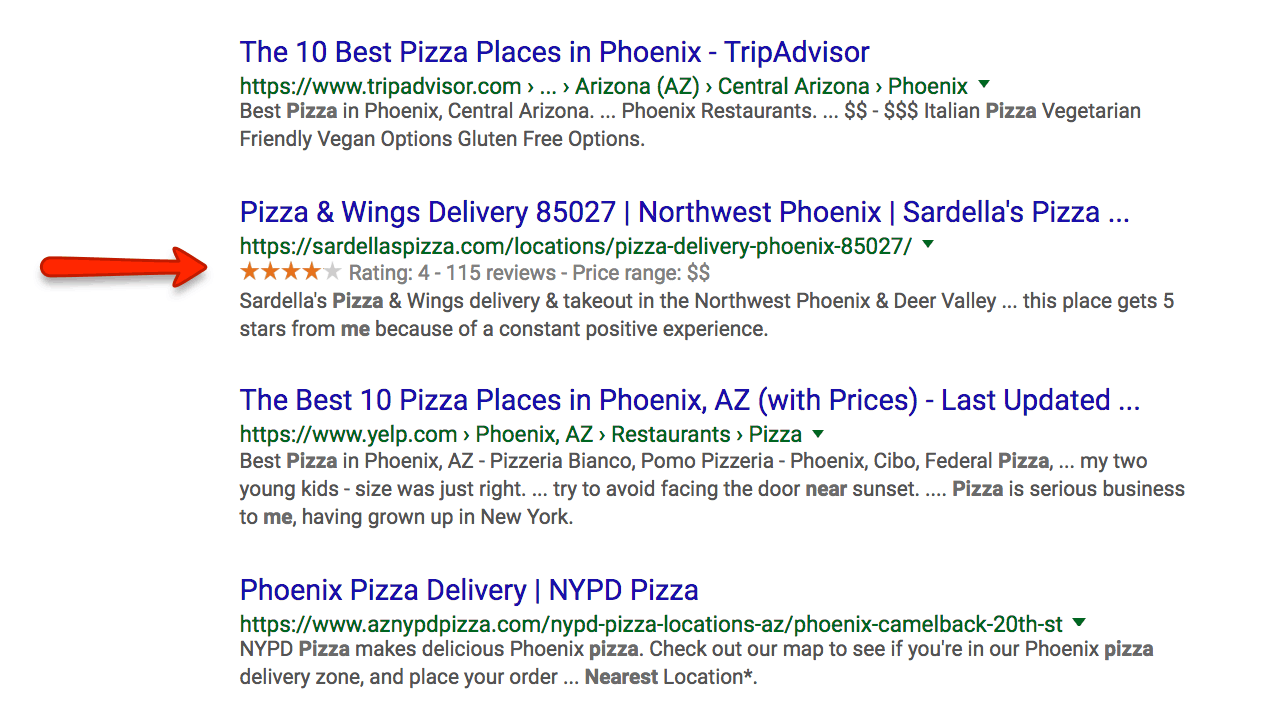
[Free training] crack Google code in 2018
Keep up to date with Google’s changes and how to prepare for the future. Learn how to force open traffic gates at our SEO webinar. Register now! .
advertising
SEO is not easy for any company.
But SEO is especially complicated when you have limited time, money and other resources.
For small businesses, it comes down to one problem:
What can we do today to help improve our rankings?
Great organic rankings won’t happen overnight.
However, there are at least 11 things you can focus on to start moving needles for your small business.
The following SEO list for small businesses will help you prioritize SEO tasks.
This includes:
The problem to be solved.
Why is this important?
The tool to use.
The time commitment involved.
1. Identify the problem you are solving for your customer
Before entering SEO, you must first understand the nature of the services your small business provides to your customers, according to the current Chris Luttjohann.
E.g:
How, when and where do customers determine that they need your product or service?
Use your mobile phone to stay away from home? Is it using a desktop or tablet at home?
Is it a personal desire, such as eating food or taking a good time?
Or is it caused by destructive events such as family or personal problems?
These issues affect the language that customers use to find business.
This information will drive your keyword research and content creation, as well as other tasks.
Use tool: whiteboard
Time participation: medium
2. Fix your technical SEO issues
Your small business website may look good – with great graphics, colors and fonts.
But if there are technical issues under the hood, it may affect your rankings and traffic.
Take the time to fix the basics before starting content or linking activities.
You need a reliable website structure so that search engines can properly crawl and index your pages.
Some of the most common technical SEO issues with:
speed.
The content is repeated.
Broken chain.
Improper use of canonical link elements.
Unoptimized page.
For more information on how to review your site, please read this article: The Ultimate SEO Review Checklist.
Tools: SEMRush, Google Search Console, GT Metrix, Siteliner and Screaming Frog
Time participation: high
3. Optimize your page
Page optimization is more than just placing keywords on the page.
You must develop high-quality content with the right structure for the natural characteristics of the target keyword.
Use all reasonable (ie non-spam) opportunities to properly add your target keywords to your website.
Otherwise, you will miss important ranking signals.
In other words, you have to optimize your:
title.
Meta description.
Body content.
Kevin Chow with Digital Current takes it to the next level. When optimizing and building content, you should consider terms or locales that communicate with your audience.
For example, in Washington State, you will use “Tri-Cities” instead of Kennewick, Richland and Pasco.
For more information on page optimization, read the following article: Why keywords are still very important to SEO.
Use tools: SEMRush, SpyFu, Google search console, keywords everywhere
Time participation: high
4. Optimize Google My Business
Google My Business should be the focus of any small business. It is free, easy to update, and can have a major impact.
The first step in optimizing your My Business listing is to claim and verify it: https://www.google.com/business.
Be sure to fill in as many fields as possible and add photos and videos to enhance your listing.
Your category selection is very important. Be sure to choose the right category for your business.
If you want to get more advanced services with Google My Business, take the time to create questions and answers.
what does that mean?
In local search results, there is now a section where people can ask questions and get answers.
As a small business, you must always have these issues. Create your own questions and provide answers.
Here’s how these questions appear in local results:

Mike Blumenthal wrote a great guide about these Q&As, which is worth the read: The Big Guide to Google Questions And Answers (Q & A).
Tools to use: Google My Business
Time involvement: Low
5. Find out what the competitor is doing and do better
Online competitors may be different from competitors in your area.
For search engine optimization purposes, we focus on sites that display the top 5 to 10 locations of your Google search results for your target keywords. These are the competitors you want to analyze.
When conducting a competitive analysis, use the tool to find out:
What is the ranking of these websites.
How many pages did they index?
Their website structure.
The quality of their backlink profile.
In addition, we know that page speed is a factor in Google’s ranking algorithm.
Therefore, run its landing page with the Page Speed tool. Look for weaknesses.
For example, are their web pages running slowly? Did they miss the keywords that they can target?
Official AdWords campaign template
Choose your industry. Download the campaign template. Custom build and convert ad copy with high clickthrough rate using exact match keywords.
Use tools: SEMrush, SpyFu, Majestic
Time participation: medium
6. Manage local business listings and citations
In addition to Google My Business, you also need to control the accuracy of your local business data.
Consistency is critical.
Data aggregators (for example, Neustar Localeze, Factual) share information about local businesses, including names, addresses, and phone numbers (NAPs).
Make sure your company’s NAP information is consistent and accurate. Local business listings and citations (that is, merchants mentioned online) can help you improve your local presence.
The best way to local directories and references is to register a service that will distribute your business NAP information.
Use tools: Yext, BrightLocal, WhiteSpark
Time participation: low
7. Get a link from the website in your area
Most small business owners never consider links.
However, getting links to your site can help improve your rankings.
This could mean more sales and more customers.
My attitude towards “link appeal” has always been a propaganda point:
What can we do to promote our business, educate others, and participate in the community?
For ideas on how to get local links, check out the article, what are local backlinks and how to find them.
Use tools: Majestic, Ahrefs, SpyFu
Time participation: high
8. Add schema tags
The pattern tag sends a signal to the search engine about the page component, for example:
company name.
address.
telephone number.
Ratings.
Business hours.
This can lead to rich snippets in the SERP.
JSON-LD markup is preferred for SEO. You can see rich snippets in action within the SERP below.

Check out schema for local businesses here: https://schema.org/LocalBusiness.
Tools to use: Google Structured Data Testing Tool
Time involvement: Medium
9. Focus on getting comments
Even my kids are used to viewing comments before buying.
According to the Local SEO Guide, reviews are one of the leading local search ranking factors for 2017.
In addition, you can improve your conversions by working hard to get customer reviews and feedback.
The platform helps you organize and manage your review activities.
Alternatively, you can simply encourage customers to leave comments on the main online review site.
Use the tool: GetFiveStars.com, Yext
Time participation: high
10. Create videos and images for competing keywords
Websites require content, which means words so that search engines understand what they mean.
But the content goes beyond the text and should contain images and videos.
In fact, if you’re having trouble with competitive keywords, why not try a properly optimized video or image?
This is a point that Google’s Gary Illyes made in the following tweet:

Tools to use: Keywordtool.io, SEMRush, SpyFu
Time involvement: Medium
11. Mix the organic mixture
If you are just getting started with SEO, it may take a while to see the results.
Search engine optimization is a great long-term game, but sometimes you need to start generating potential customers right away. This is really useful for paid search.
When setting up your own search engine optimization work, please reserve a paid budget to keep your potential customers progressing.
Even if you have a steady flow of natural traffic to your site, you can still consider running a paid search campaign at the same time.
Learn more about local paid search: 10 tips for getting more local customers from AdWords and Facebook ads.
Use tools: Google Auction Insights, Bing Ads keyword planning tool
Time participation: high
summary
This list is an integrated version that you can work around to improve your rankings.
Even if the list looks daunting, it’s important to only do something.
Set the goals you know you can accomplish and start working as a list.
If you are experiencing difficulties, there are enough online resources to help you find the right direction.
![[FREE Training] Cracking The Google Code In 2018](https://www.bochc.com/wp-content/uploads/2018/08/thehoth-logo-ani.gif)


